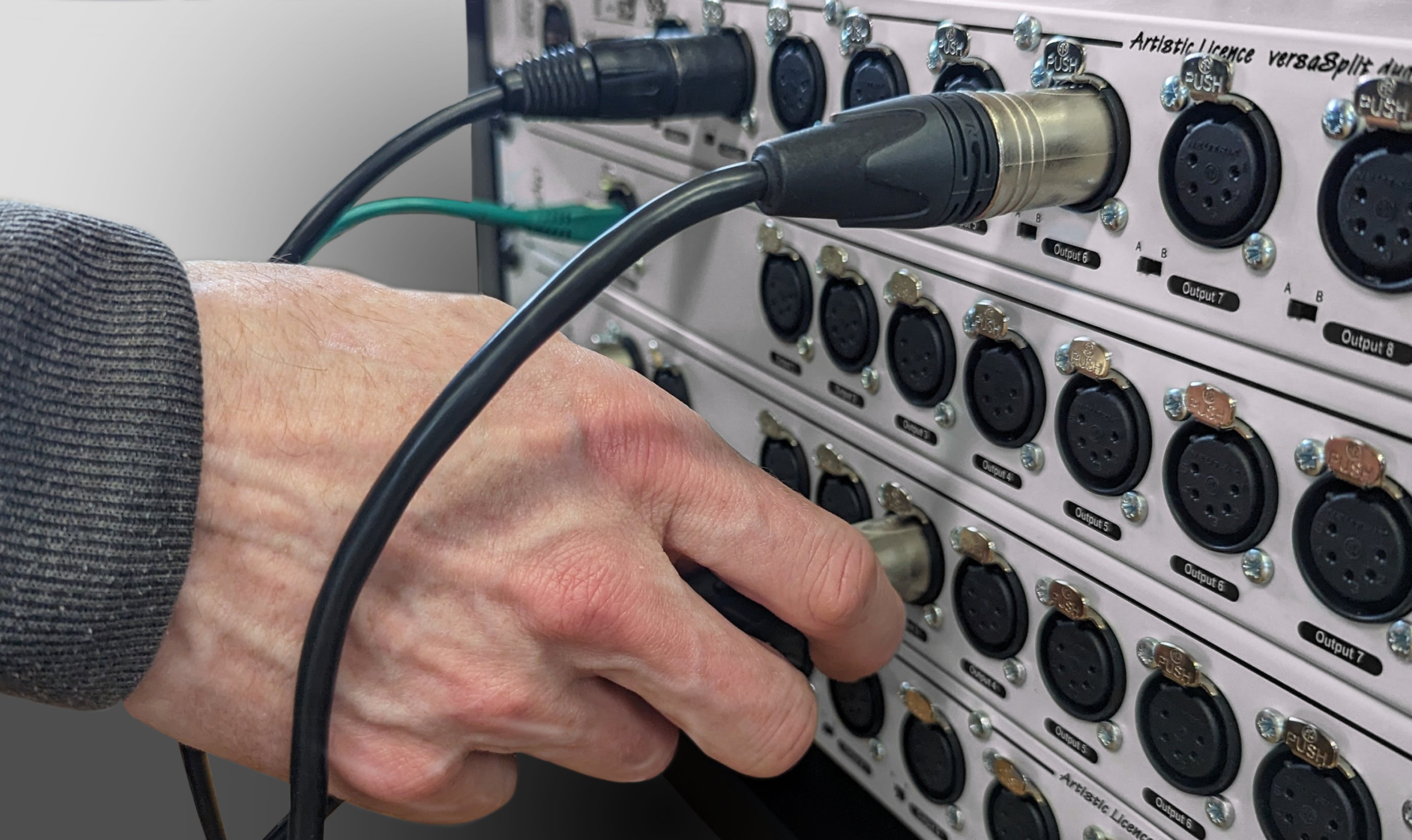As the originator of Art-Net and drawing on almost 40 years of lighting control experience, Artistic Licence are the market leading manufacturer of lighting control, data distribution and integration products.
From our UK manufacturing facility, we send ‘problem solving’ products out across the globe, meeting the needs of integrators, installers, AV professionals, live entertainment and touring industries.
A simple visual guide to help you navigate to the right solution for your projects.


-

Installation products
View the rangeArtistic licence have a complete and comprehensive portfolio of installation products, providing key building blocks for larger systems or entire end to end lighting control solutions.
-

Entertainment & touring products
View the rangeDesigned for life on the road - a range of products to suit every application. Robust and reliable data distribution in industry standard 19” rack mount form factor.
-
-
Get in touch
Contact the teamPlease fill in our email form with your query and a member of the team will get back to you.

Creating success
Drawing on almost 40 years of lighting control experience, Artistic Licence are the market leading manufacturer of lighting control, data distribution and Integration products.

Expert innovators
Here at Artistic Licence our controls knowledge is second to none. We have won numerous awards, including the PLASA Product Sustainability Award and PLASA Product Innovation Gold Award.


